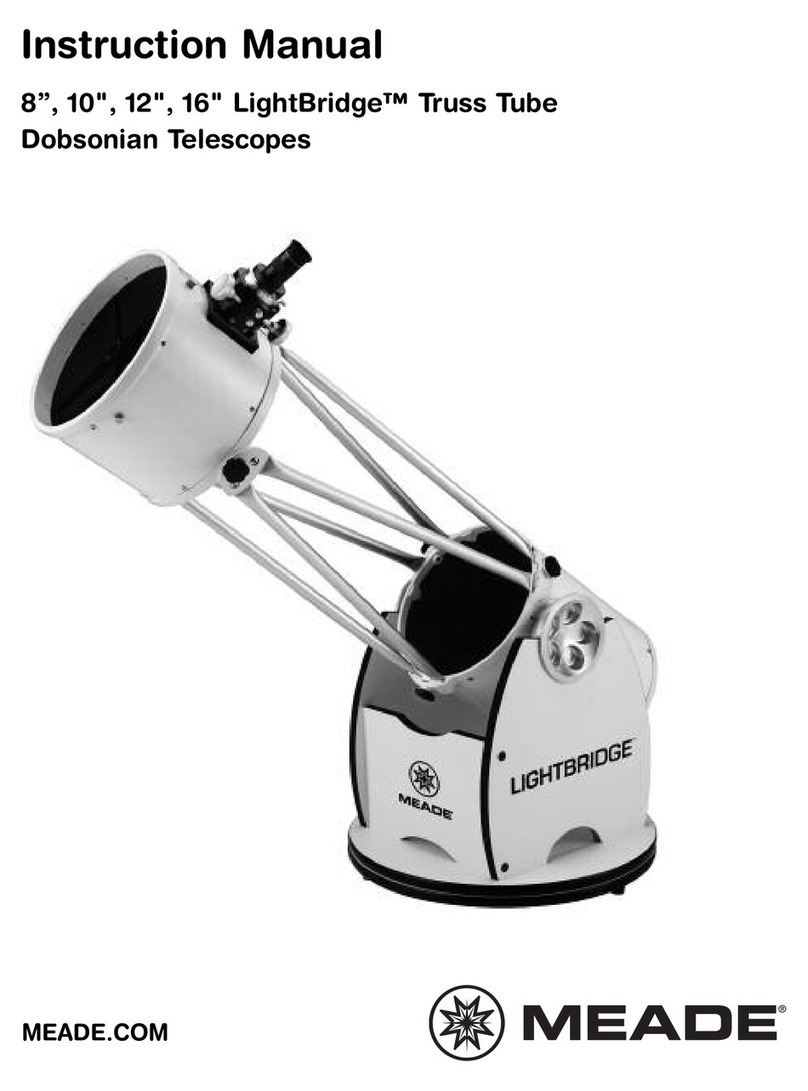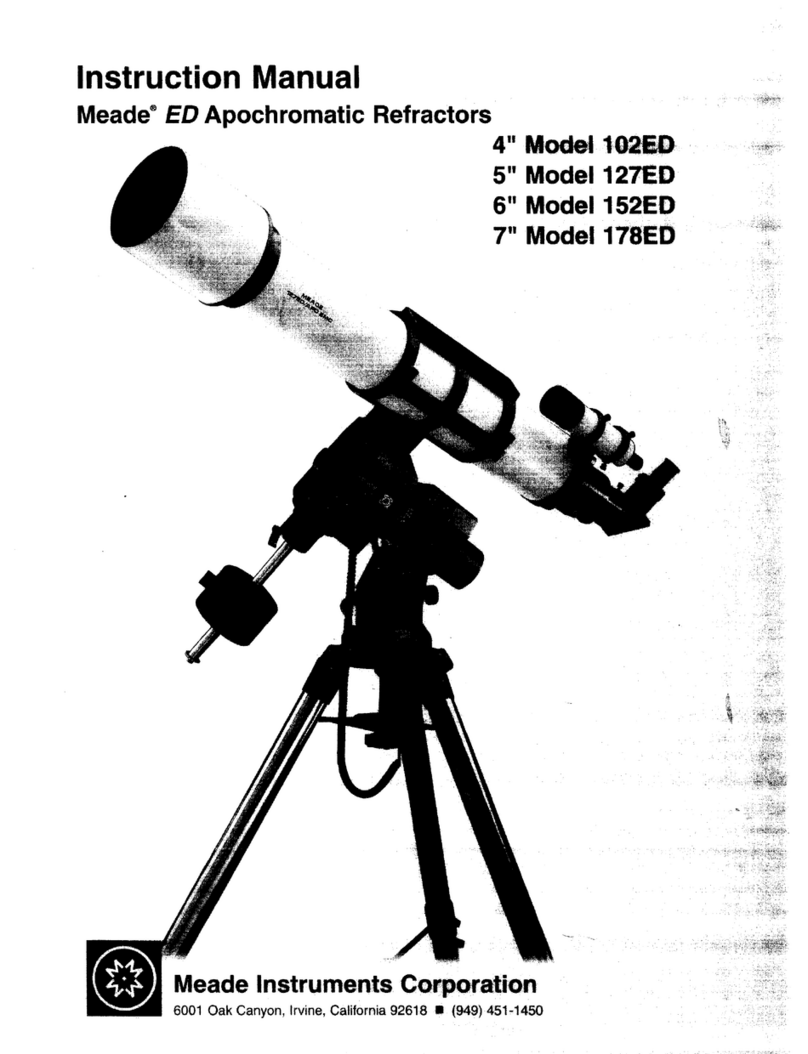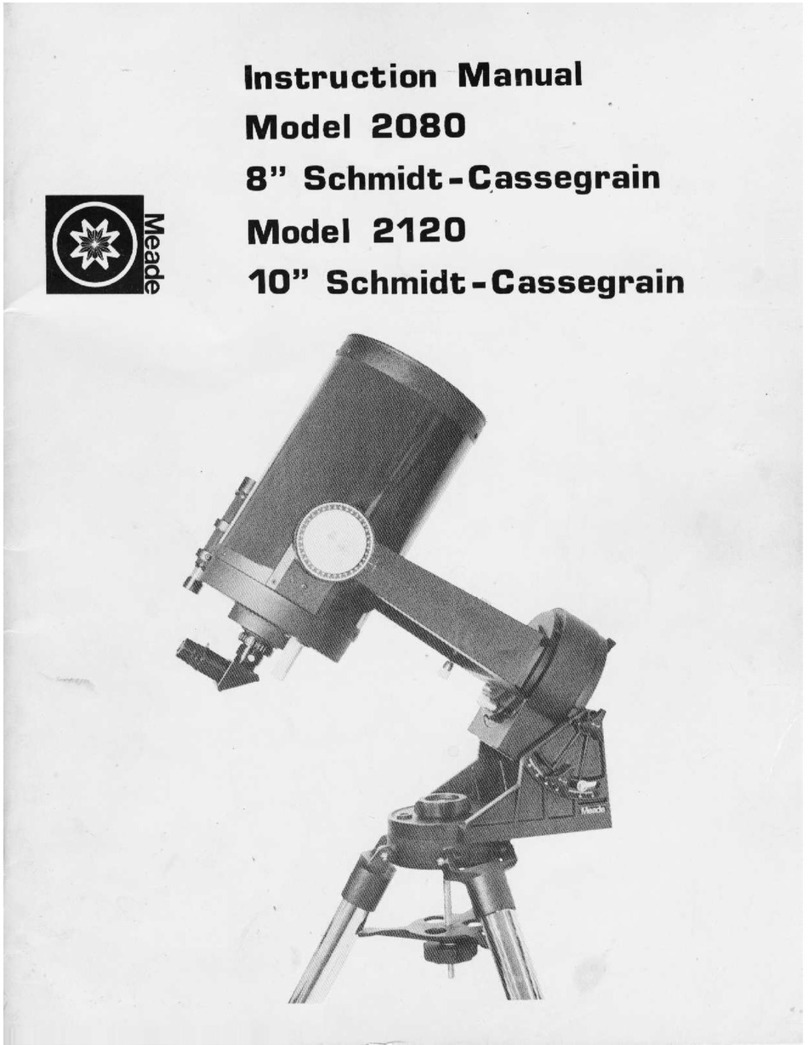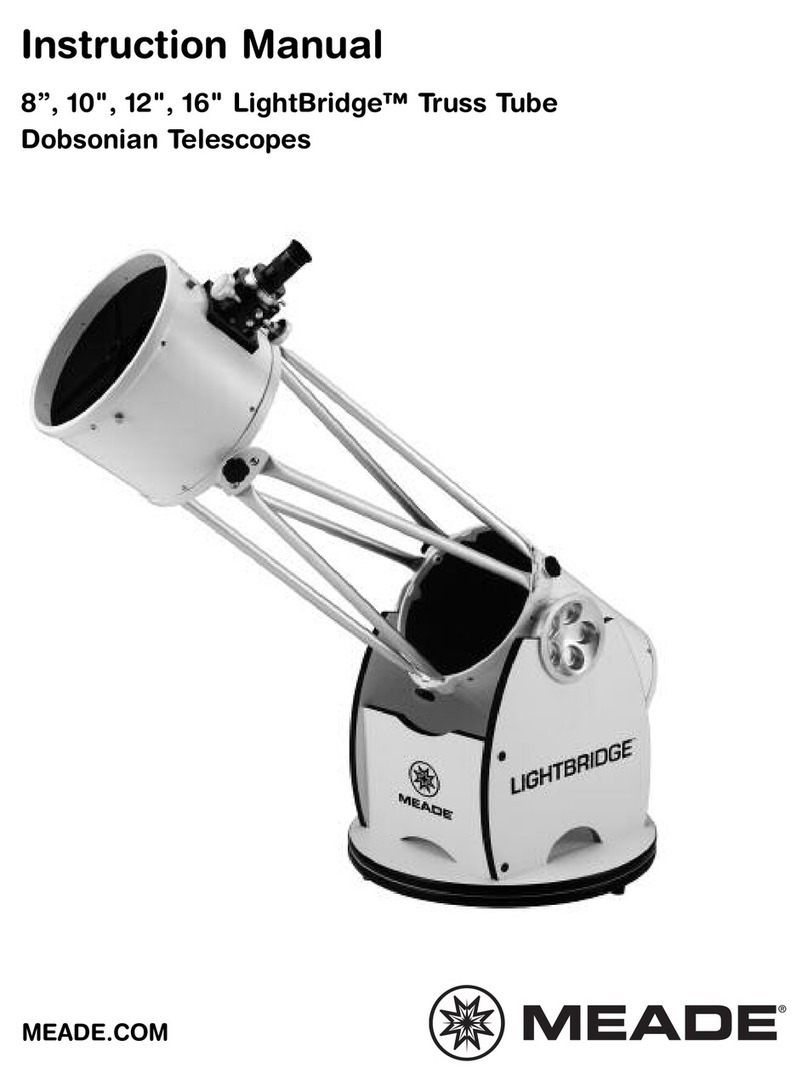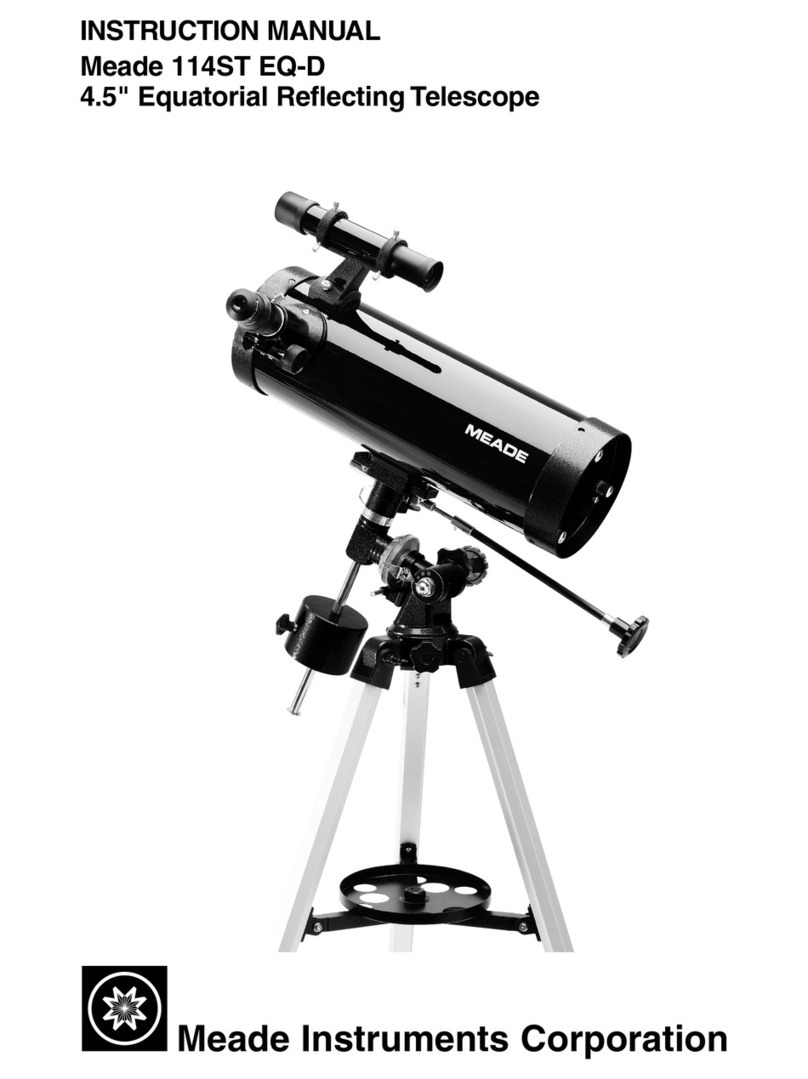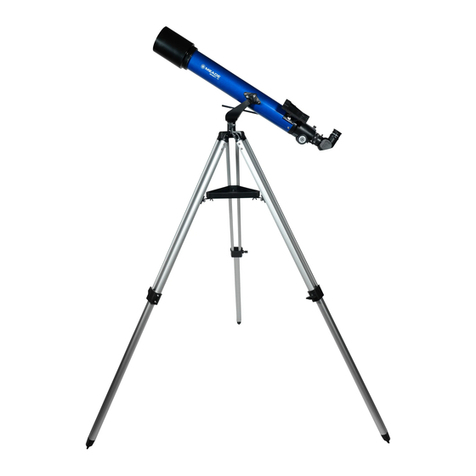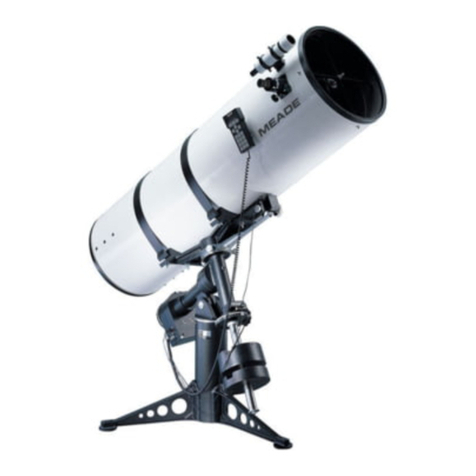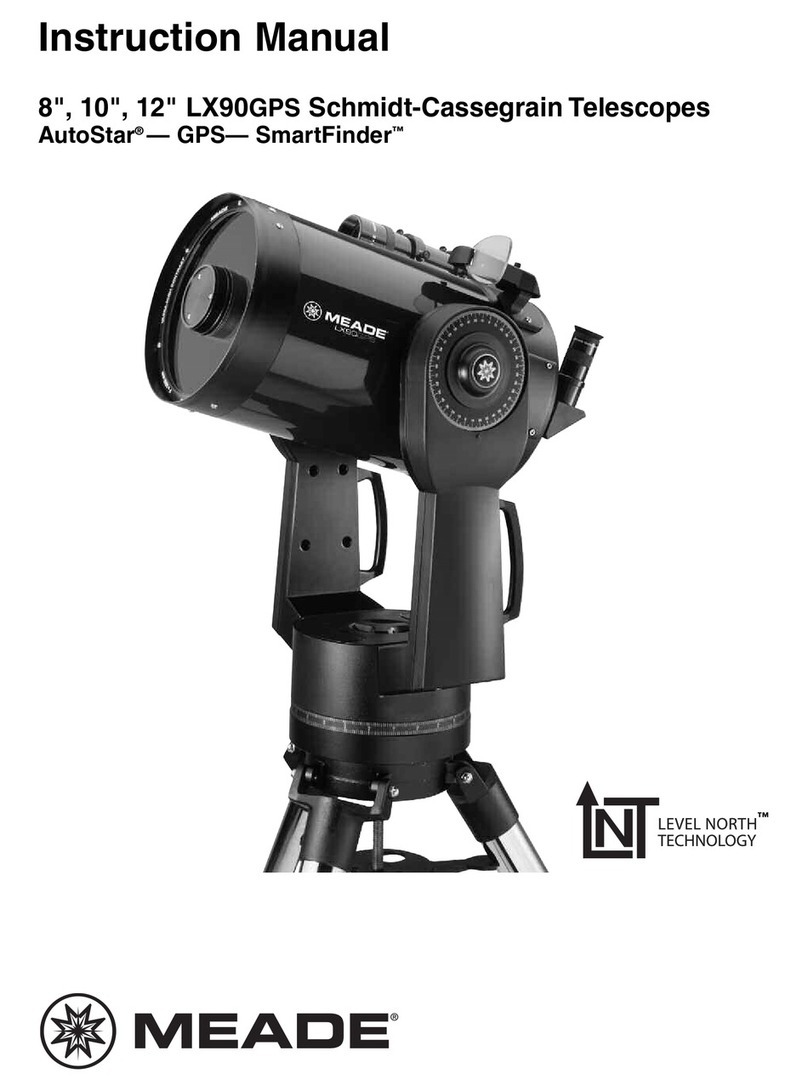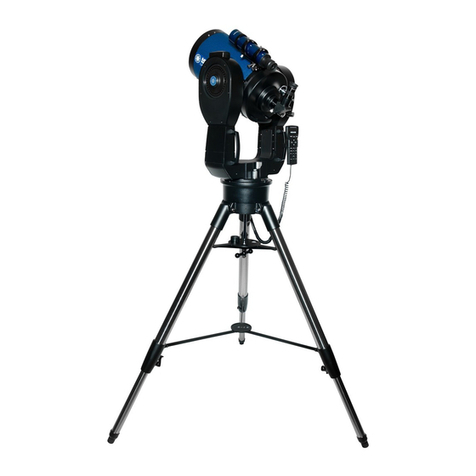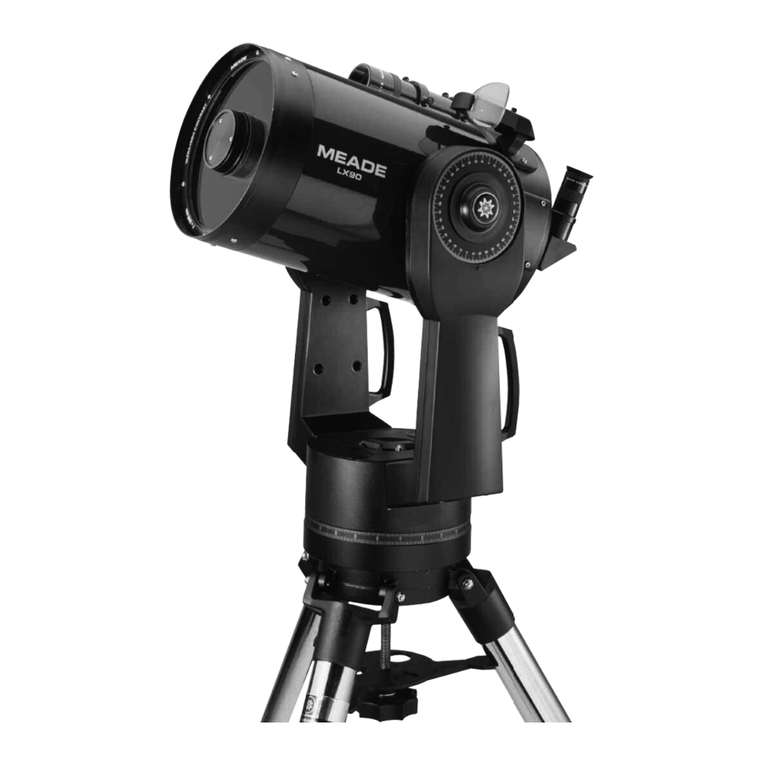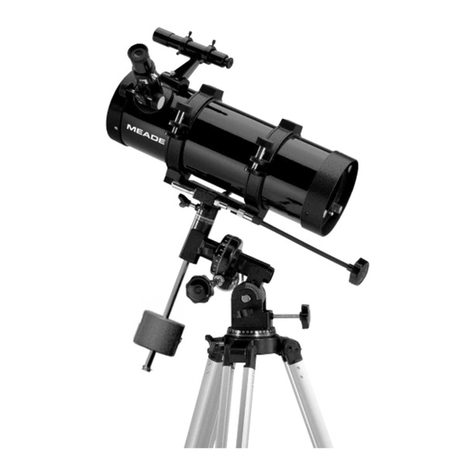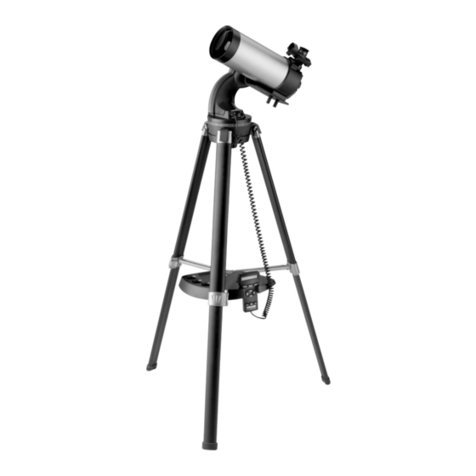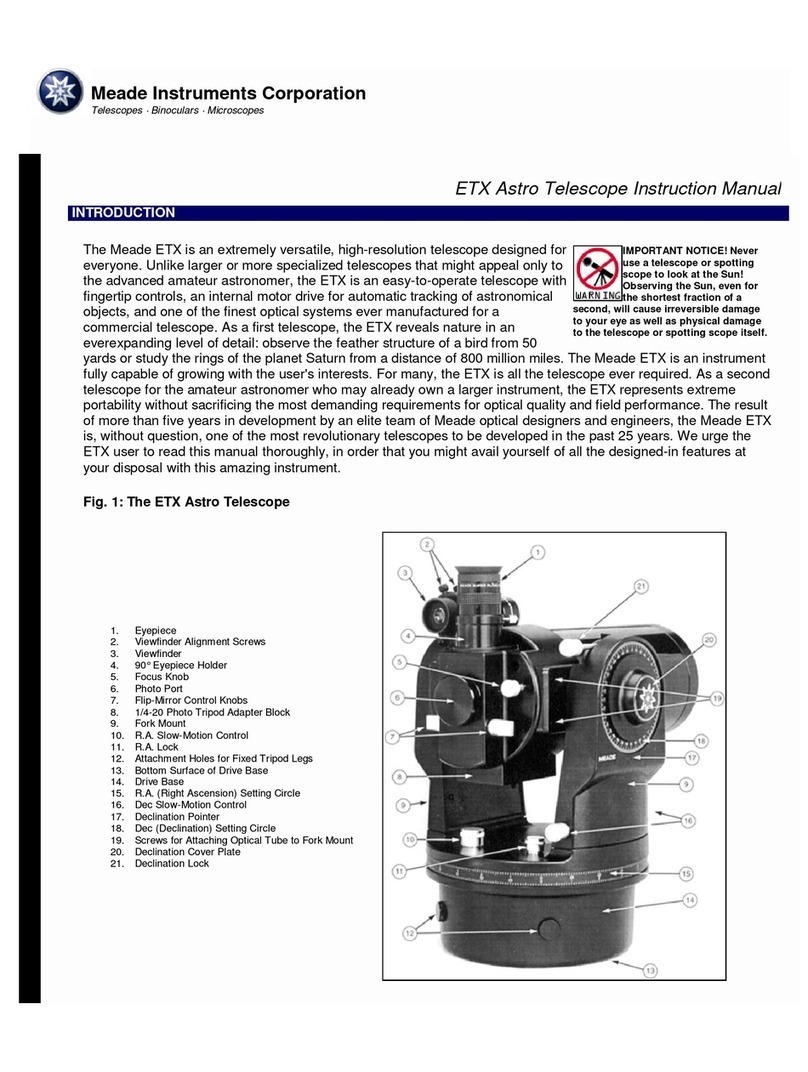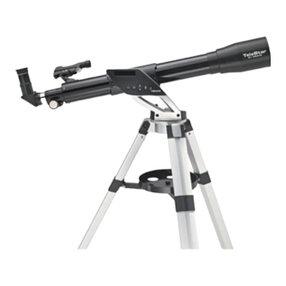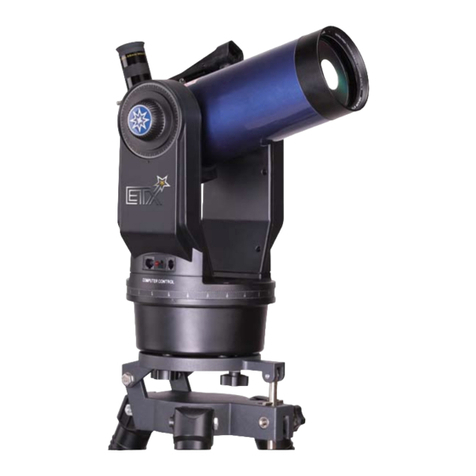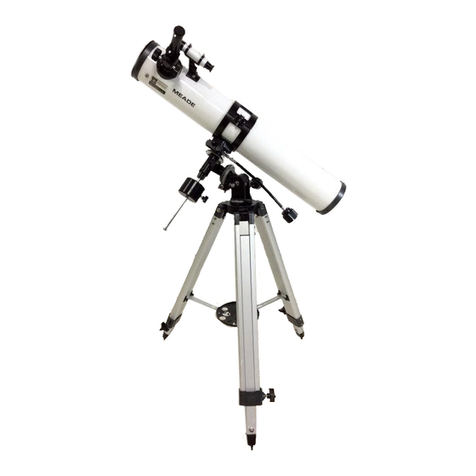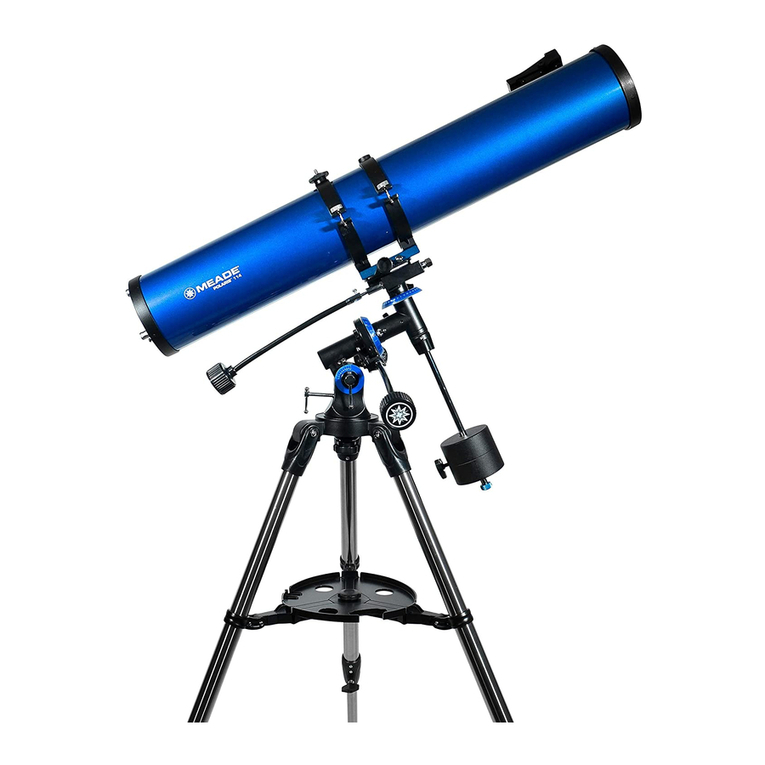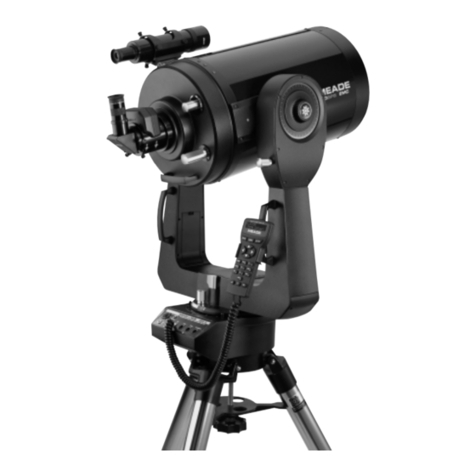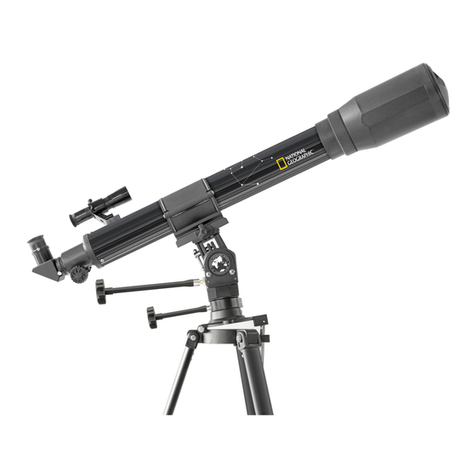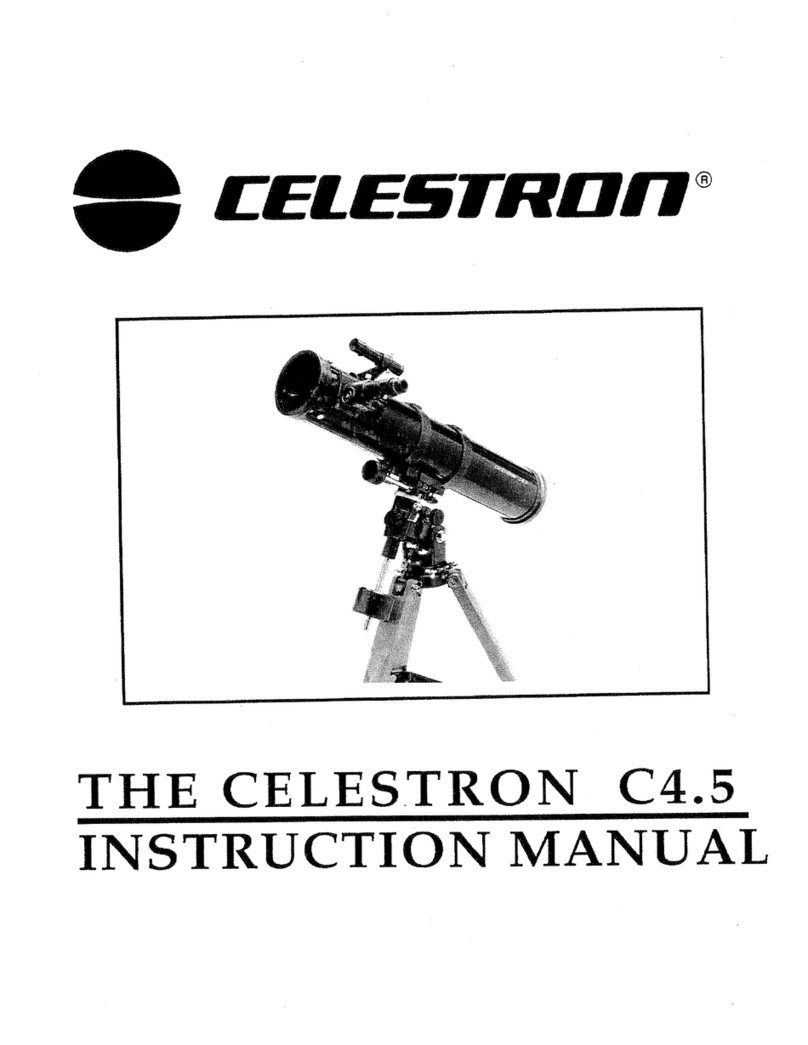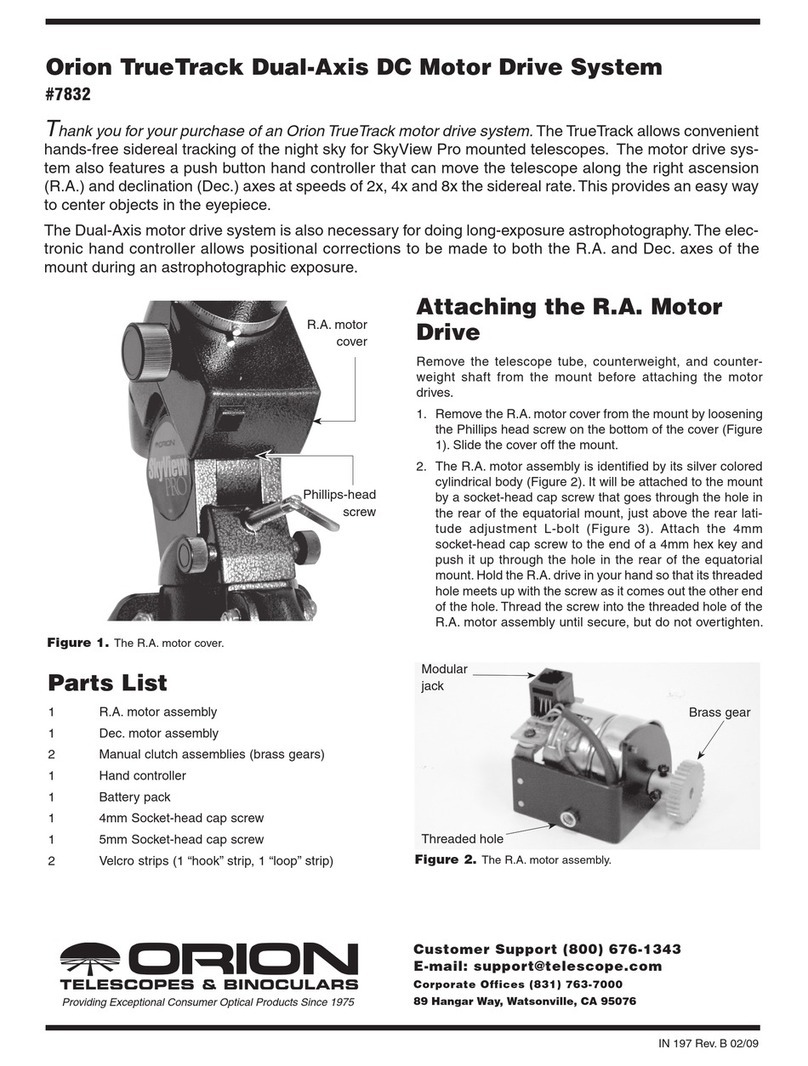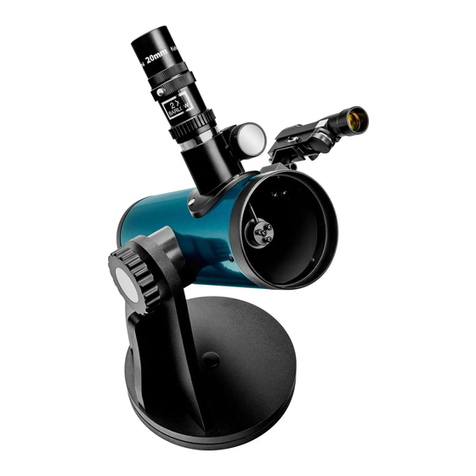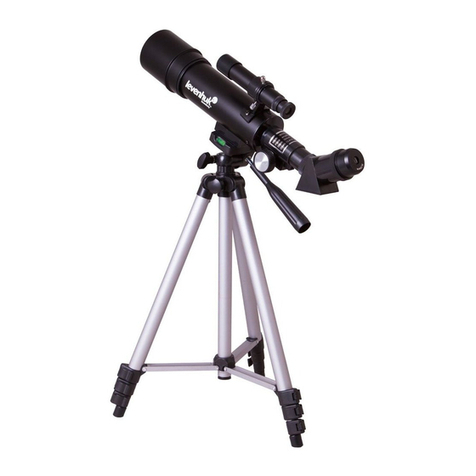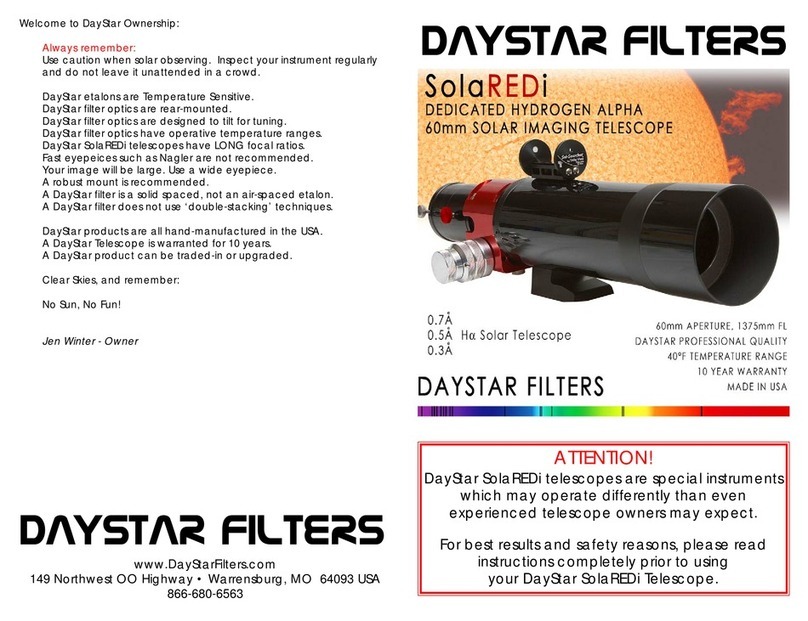Pole crosses the celestial sphere. The North
Star, Polaris, is located very near the North
Celestial Pole.
So just as an object's position on the Earth's
surface can be located by its latitude and
longitude, celestial objects may also be
located using Right Ascension and
Declination. For example: You can locate
Los Angeles, California, by its latitude
(+34°) and longitude (118°). Similarly, you
can locate the Ring Nebula (also known as
"M57") by its Right Ascension (18hr) and
its Declination (+33°).
•
•R
RI
IG
GH
HT
TA
AS
SC
CE
EN
NS
SI
IO
ON
N(
(R
R.
.A
A.
.)
):
:This Celestial
version of longitude is measured in units
of hours (hr), minutes (min), and seconds
(sec) on a 24 hour "clock" (similar to how
Earth's time zones ar determined by
longitude lines). The "zero" line was
chosen to pass through the constellation
Pegasus, a sort of cosmic Greenwich
meridian. R.A. coordinates range from 0hr
0min 0sec to 23hr 59min 59sec. There are
24 primary lines of R.A., located at 15-
degree intervals along the celestial
equator. Objects located further and
further East of the zero R.A. grid line (0hr
0min 0sec) carry higher R.A. coordinates.
•
•D
De
ec
cl
li
in
na
at
ti
io
on
n(
(D
De
ec
c.
.)
):
:This celestial version
of latitude is measured in degrees, arc-
minutes, and arc-seconds (e.g., 15°27'
33"). Dec. locations North of the celestial
equator are indicated with a plus (+) sign
(e.g., the Dec. of the North celestial pole
is +90°). Any point on the celestial equator
(such as thee constellations of Orion,
Virgo, and Aquarius) is said to have a
Declination of zero, shown as 0°0' 0".
All celestial objects therefore may be
located with their celestial coordinates of
Right Ascension and Declination.
UNDERSTANDING HOW CELESTIAL
OBJECTS MOVE
Due to the Earth's rotation, celestial
bodies appear to move from East
to West in a curved path through
the skies.
All stars and celestial objects are mapped
onto an imaginary sphere surrounding the
Earth. This mapping system is similar to the
system of latitude and longitude on Earth
surface maps.
In mapping the surface of the Earth, lines
of longitude are drawn between the North
and South Poles and lines of latitude are
drawn in an East-West direction, parallel
to the Earth's equator. Similarly, imaginary
lines have been drawn to form a latitude
and longitude on the celestial sphere.
These lines are known as R
Ri
ig
gh
ht
tA
As
sc
ce
en
ns
si
io
on
n
and D
De
ec
cl
li
in
na
at
ti
io
on
n.
.
The celestial map also contains two poles
and an equator just like a map of the Earth.
The celestial poles are defined as those two
points where the Earth's North and South
poles, if extended to infinity, would cross the
celestial sphere. Thus, the North Celestial
Pole is that point in the sky where the North
6
Meade114EQ_AR 4/13/06 4:08 PM Page 8
